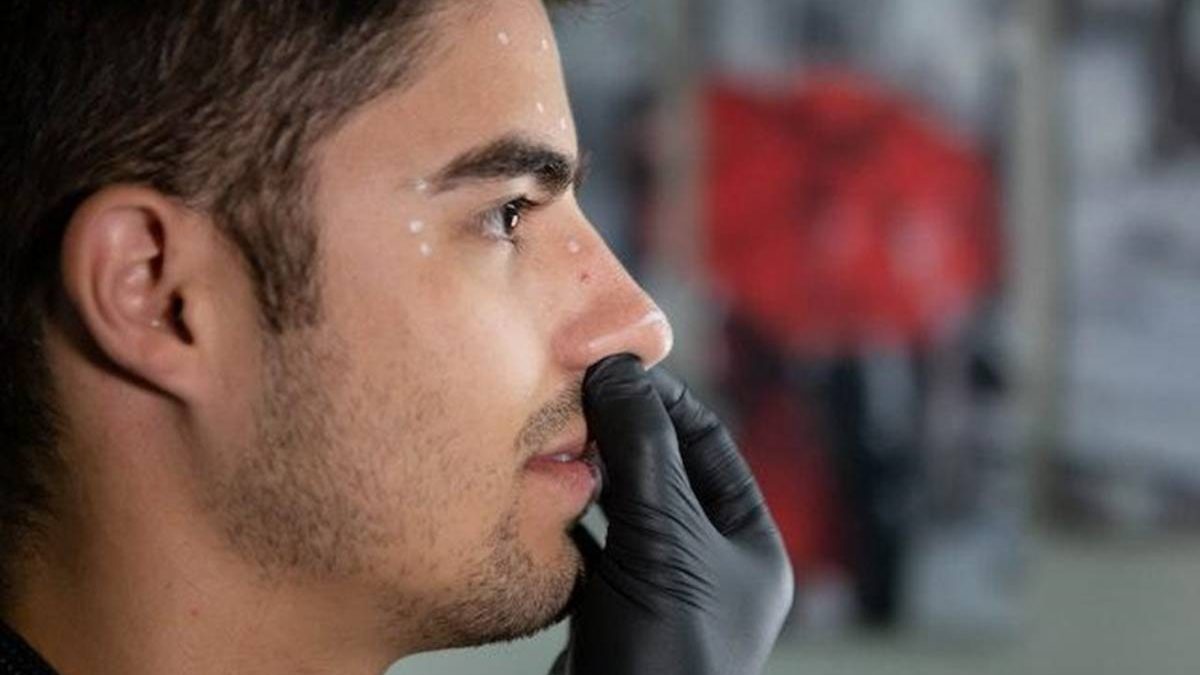Facelift procedures can be done in various ways to suit each patient’s needs. Some patients may require a forehead lift or eyelid surgery, while other procedures may also address the nose and neck. Identifying the appropriate procedure for you will help ensure your results last as long as possible. Knowing exactly what procedures you are interested in before getting a consultation with your surgeon is important. This can be determined by looking at photos of real-life examples of these procedures, talking with your plastic surgeon, or asking friends and family members who have had these types of procedures done.
Table of Contents
1. Traditional Facelift
A traditional facelift involves the surgical removal of excess skin and fat from the targeted areas. The procedure is done through an incision in the hairline, which is hidden by your hair after it has healed. The surgeon will lift the skin and tighten facial muscles to raise the cheeks and jawline, removing excess fat and loose skin. Once you have chosen your ideal procedure, choose a surgeon specializing in facelift surgery. Aging is a risk factor for saggy skin, wrinkles, and excess fat. Your surgeon can help you with recommendations based on your unique expectations.
2. Mini Facelift
It is a surgical lifting technique that uses tiny incisions to lift the skin of the face and neck. The procedure is performed under local anesthesia, limiting pain to only a few small areas. You will be able to return to your normal activities within a few days and feel little pain after your surgery has healed.
The mini facelift may be gentler than traditional, making a recovery less painful and traumatic. The mini facelift is a more limited operation focusing on a few key areas of the face and neck. Patients will typically discuss with their surgeon which areas may need to be addressed during the operation.
3. Jawline Rejuvenation
Jawline Rejuvenation is a surgical procedure that helps to improve the position of the jaw and chin. Many patients who have had facial surgery complain about having a weak chin or jowls. Jawline rejuvenation can help to give you back the jawline you once had by removing excess fat and skin from your neck and chin area. The operation can also soften the appearance of scars on your neck from previous surgeries or injuries.
The goal of the procedure is to remove this excess facial fat and skin while tightening the underlying muscle structure to produce a more chiseled look. This will give your face a sleeker, more masculine appearance. The rejuvenation of your jawline with surgery can smooth out any worn or misaligned angles and give you a more youthful appearance. A short scar facelift procedure is a type of jawline rejuvenation that can improve the definition of your face by removing excess skin and fat.
4. Temporal Facelift
The temporal facelift is a surgical procedure that helps to rejuvenate the area above your ears. The procedure can help smooth out wrinkles and drooping skin below the ears and reduce excess fat and skin from this area. If you notice these symptoms, it may be time for you to have a consultation with your surgeon. The surgery typically involves removing excess skin and fat while tightening muscles in the temporal area. This will produce smoother and more youthful skin in this area of your face. If you are looking for a more youthful appearance, the temporal facelift may help to smooth out wrinkles while giving your face a more youthful appearance.
5. S-Lift Facelift
The S-lift procedure is commonly used after a facelift in patients with excess skin and fat that collects at the sides of their necks. The S-lift gives these patients a more youthful appearance. The surgical removal of some tissue and fat can help to tighten or lift the skin so that it sits flat against your scalp, giving you an overall younger, more refreshed look. The procedure can be used after a facelift to help you achieve your desired results.
Conclusion
Facelift procedures can be done in various ways to suit each patient’s needs. Some patients may require a forehead lift or eyelid surgery, while other procedures may also address the nose and neck. Identifying the appropriate procedure for you will help ensure your results last as long as possible

